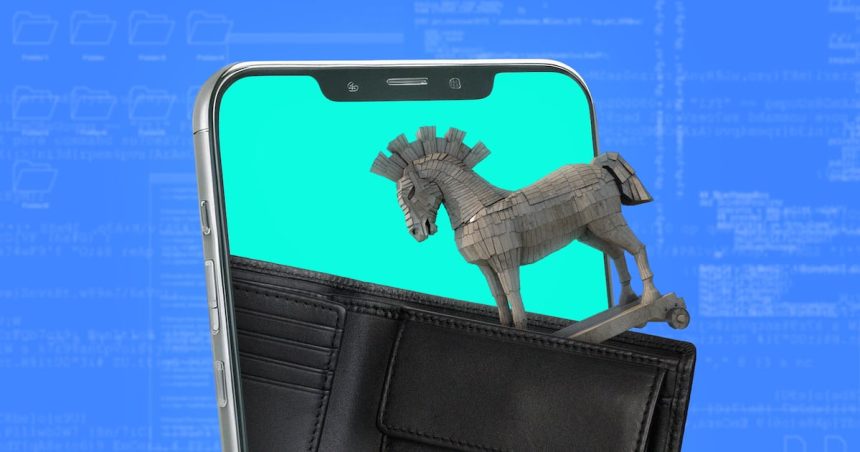Binance blacklists attacker addresses linked to Clipper malware. Users are advised to double-check wallet addresses before sending. Stealer-type malware is on the rise, targeting crypto transactions and wallet data.
Binance has implemented several countermeasures to address the rise of the Clipper malware that changes crypto withdrawal addresses. It is reported that many users have suffered financial loss due to this.
These countermeasures include blacklisting malicious addresses to prevent further fraudulent transactions.
A A Binance spokesperson said“We have blacklisted the addresses of the attackers to prevent further fraudulent transactions. It has successfully thwarted numerous withdrawal attempts from potential victims.
In addition to this, Binance has launched a notification system to inform users of the risk of malware on their devices, advising them to scan for suspicious software or plugins.
The exchange encourages affected users to report their incidents to help detect and neutralize malicious programs.
Q2 2024 of ANY.RUN Malware Trends Report Similar stealer malware, designed to steal sensitive information such as login credentials, private keys and crypto wallet data, highlighted the rise in malicious software. Redline, the most effective example of this malware, saw a 379% increase in detections during Q2.
Binance advises users to always verify the authenticity of apps and plugins by avoiding unauthorized sources, double-check wallet addresses before completing transactions, and install reputable security software to detect and remove malware.
Related TopicsBINANCEHACKS and Exploits







